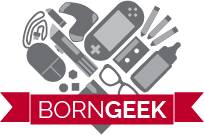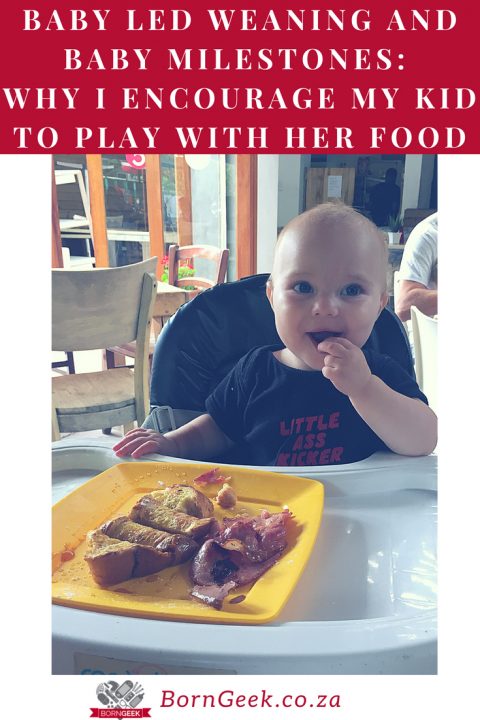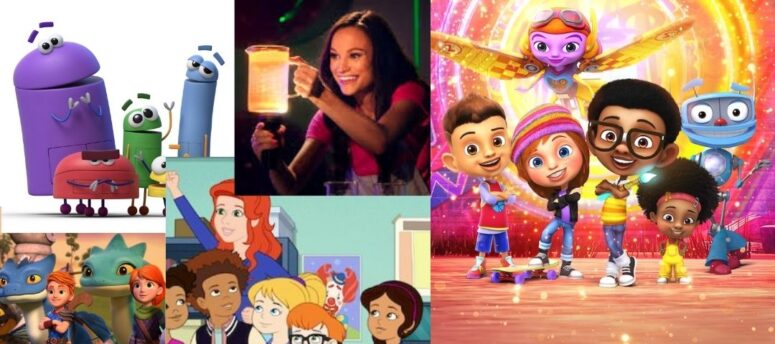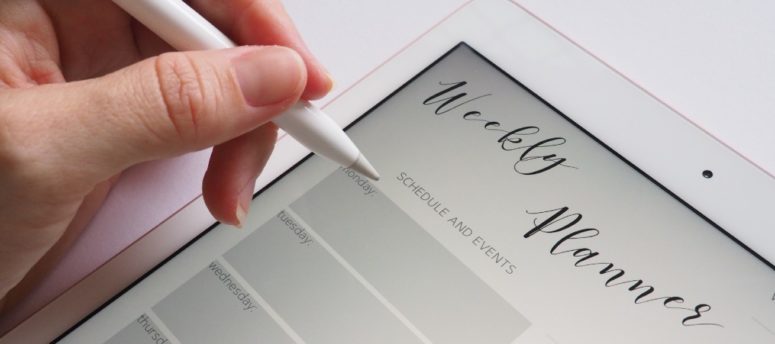Food is a treacherous area for many of us. What foods are “good” or “bad”? Which foods are “safe” or “comforting”? Sure, taste and temperature play a role in it, but so, too, does texture. From crispy bacon to creamy mashed potatoes to gooey melted cheese, there are all kinds of food out there that I love (or hate) for different reasons. Growing up, I was quite a picky eater (although I did have a bit of a refined palate, too) and it’s something I’m hoping to help Harley to avoid. That’s why I’m doing baby led weaning, and helping Harley to develop her other senses at the same time.
Baby Led Weaning (BLW) is basically about sharing foods with your baby from an age that they’re ready, allowing them to eat normal food with the family instead of getting the mushed up variety. There are a variety of reasons I’m doing it, namely to improve future food acceptance, help with the development of her motor skills, and as a source of fun texture play.
Food – taste and texture
Trying new food is daunting. Even as a fairly adventurous eater, I am sometimes wary of trying new things, especially if I’m worried about needing to finish the portion or be polite. I know plenty of people who simply can’t do it, can’t even take an offered taste of new food without any expectations or judgment. It’s not that I want Harley to eat anything and everything that exists in the world, but I hope for her to be willing to try new things and be comfortable with food, to not have an anxious or distressed relationship with the dinner table.
Food isn’t just about new tastes, but also about new sensations.
The glorious crunch of crispy bacon is part of what makes it glorious – there’s a reason I ask for my bacon crispy instead of flaccid. However, many babies are introduced to food in mush form. They suck the food off the spoon in much the same way as they do milk from a bottle or boob. This was meant to make for an easier transition for babies from milk to solids, but often causes confusion and trauma when then faced with the foods in their normal forms.
From six months, babies are able to learn about eating, to experiment with tastes and textures. Sure, you’ll want to make sure things are cut in ways that are easy for them to hold but not choke on, and there are still a few foods that are on the no-go list (like honey) but they can already begin enjoying family meal times. Using their hands, babies learn to feed themselves, learning the difference in taste and texture between a piece of toast and a spoonful of yoghurt and a wedge of cheese or meat. No force feeding, no “here comes the airplane”, just letting the little one figure out food in a positive, fun way, hopefully setting the tone for a future of wonderful dinner-time experiences and discoveries.
Food as a development tool
Part of understanding the world as a baby is learning the various things the world is built on.
Wood is different to plastic, metal is different to glass, cotton is different to silk. It seems fairly normal to us as adults that different objects have different textures, but to a baby it’s all new. The same goes for food. Rice Krispies make a noise and feel interesting when we grip them when dry compared to wet. Cooked meat is firm but with a specific roughness and give that can feel great for a teething kid.
Plus, different foods make distinct noises when banged against a high chair or dropped on the floor – how satisfying is that splat of spaghetti with sauce as compared to the crunch of a piece of toast? Or how about the spoon – not only can it be used to get food into her mouth, but it also makes such a fun sound when banged against the chair, the table, or even her food.
Speaking of spoons, most of the eating in BLW is done by hand.
Babies learn to grip the food, bring it to their mouths, chew and swallow. This requires fine motor skills, hand-eye coordination, mouth-tongue coordination. In fact, unlike the suck-swallow-breathe way of eating from the boob or bottle, the ability to get food into the mouth, chew and swallow are learned rather than reflexive. What better way to learn than with a variety of foods with different textures, flavors and handling?
All of this turns mealtime into a wonderful chance to discover and understand the world.
Beyond taste, it’s about texture, sound, and the understanding that tools and even the food itself can be used for a multitude of purposes. Plus, the guideline is that before one, food is for fun. Harley is still getting everything she needs for nourishment from the boob, so meal times and solids are just for experimentation and play.
DID YOU LIKE THIS POST?
If you like these words, please check out more of what I say on twitter and Facebook, and pics I take on Instagram and subscribe to my YouTube channel and follow me on Pinterest.
Also, please be sure to sign up to my carefully curated, crafted and infrequent newsletter.








